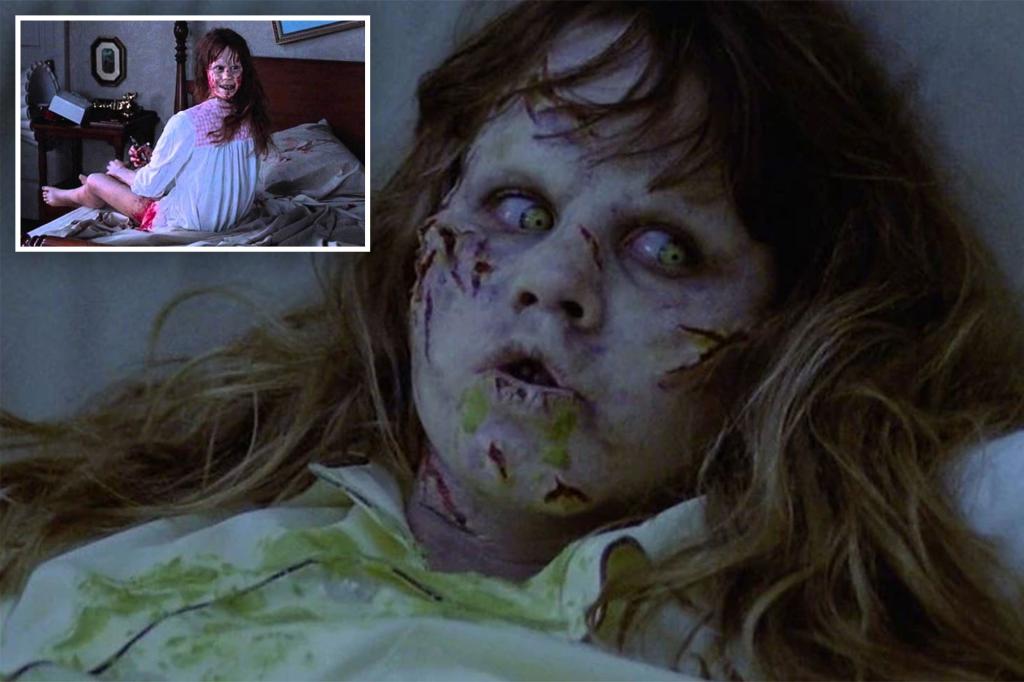In 2024, it is challenging to scare kids with the advancements in CGI technology that deliver spine-chilling thrills seen in horror films. However, in the past, movies such as “Jaws,” “Psycho,” and “The Exorcist” caused physical reactions like fainting, vomiting, and even led to people avoiding activities like swimming in the ocean due to fear. “The Exorcist,” based on a 1971 novel, depicted the demonic possession of a young girl and her mother’s attempts at exorcism, frightening audiences with disturbing scenes like head spinning and vomit.
“The Exorcist” created widespread panic and repulsion among audiences, including a scene involving a crucifix that upset many religious viewers. Despite the film’s intense nature, it was incredibly popular, with eager moviegoers lining up for days to see it. Reports surfaced of people experiencing heart attacks, fainting, nausea, and even a woman suffering a miscarriage due to the terror induced by the film. The impact of the film on audiences was profound, with some experiencing physical ailments while watching.
The production of “The Exorcist” was plagued by unusual occurrences, leading to claims of a cursed or haunted set. Nine people associated with the film died during the production, and various accidents, including fires, contributed to the production’s challenges. Director William Friedkin admitted to feeling haunted by the sinister events that occurred during filming, expressing his belief in demonic possession based on his experiences. These occurrences, including prop mishaps and mysterious fires, added to the film’s dark and eerie reputation.
Ellen Burstyn, who played the possessed Regan’s mother, suffered injuries during the filming of “The Exorcist,” indicating the challenges the cast faced on set. The director insisted on realistic performances, leading to tense moments of injury and discomfort for the actors. Despite these difficulties, the film was a success, as audiences were captivated by its terrifying and unsettling imagery. The subliminal horror elements and disturbing sound effects used throughout the film enhanced the overall sense of fear and unease for audiences.
The subliminal imagery and sounds used in “The Exorcist” were intentionally employed to unsettle viewers, triggering primal fear responses. In particular, the use of bees buzzing and industrial sounds in certain scenes created a subconscious sense of danger for audiences. The film’s infamous subliminal image of a white face flashing quickly during a character’s dream sequence added to the film’s unsettling effect. While the face was not originally meant to be detected, advancements in technology allowed viewers to access and analyze these subtle details, further intensifying the film’s horror.
Over fifty years since its release, “The Exorcist” remains a classic example of horror cinema, captivating audiences with its disturbing and terrifying content. Despite the challenges faced during production and the unsettling incidents associated with its release, the film continues to have a lasting impact on viewers. Through its blend of physical horror, psychological suspense, and subliminal imagery, “The Exorcist” remains a timeless and horrifying experience that lingers in the minds of audiences long after the credits roll.


